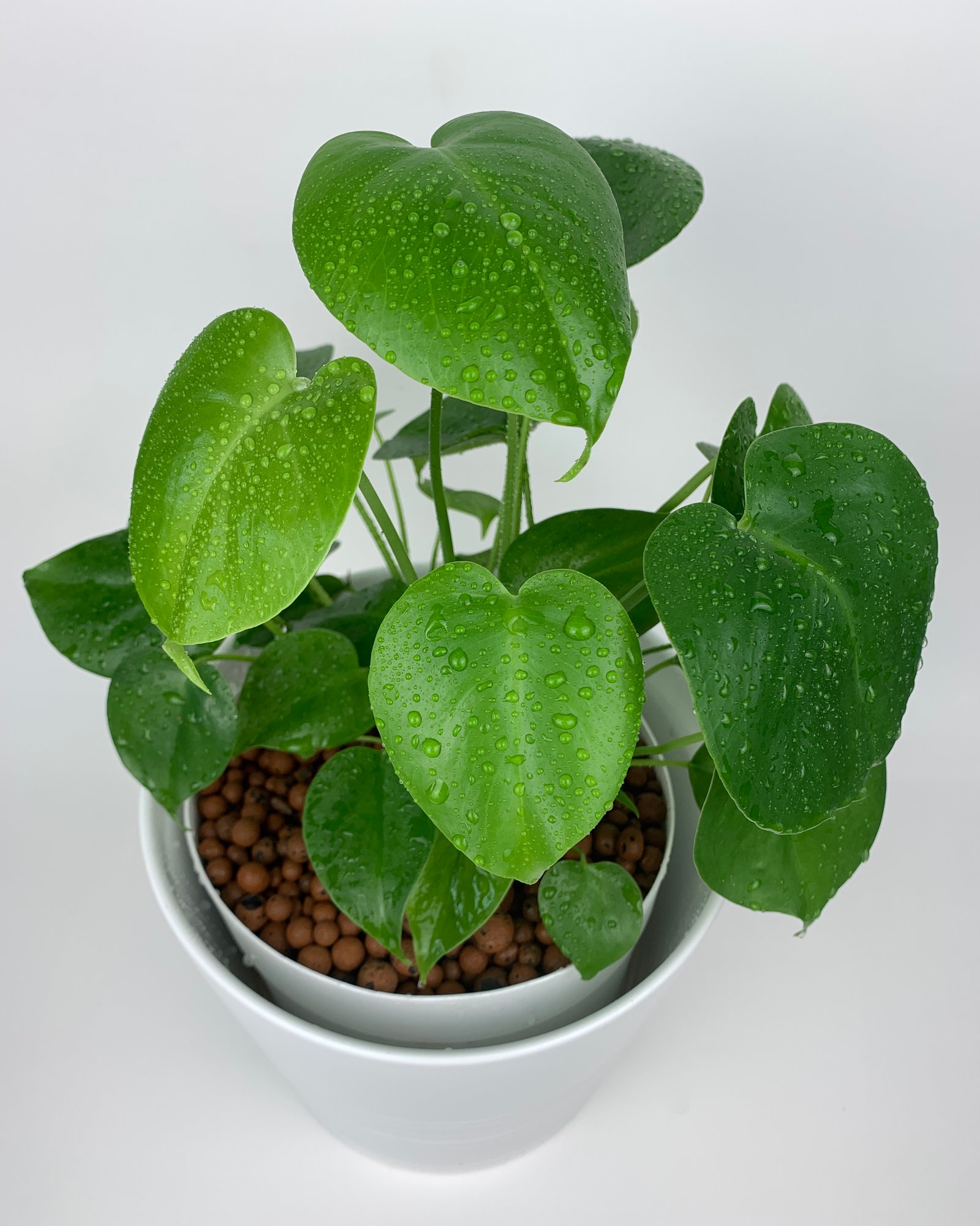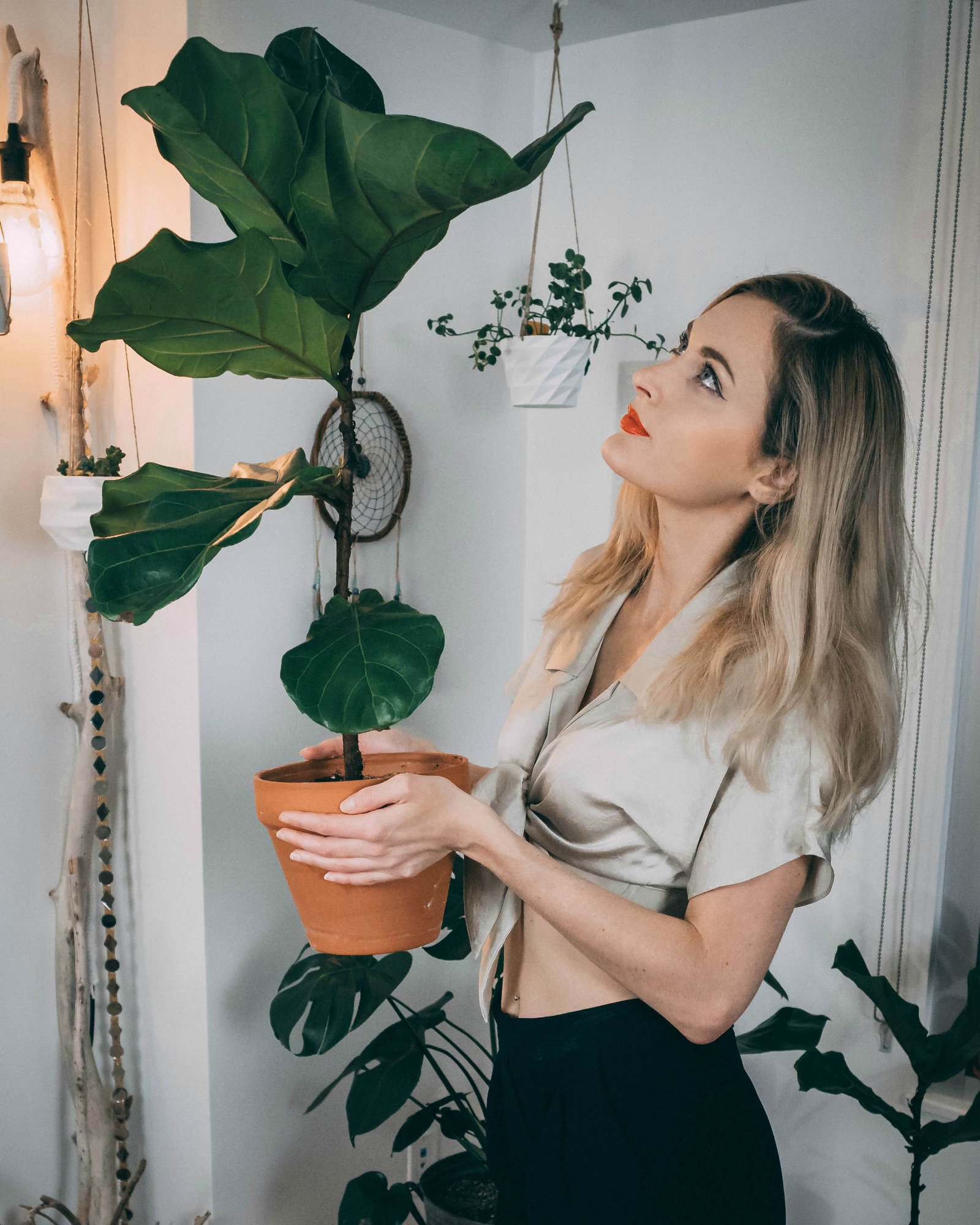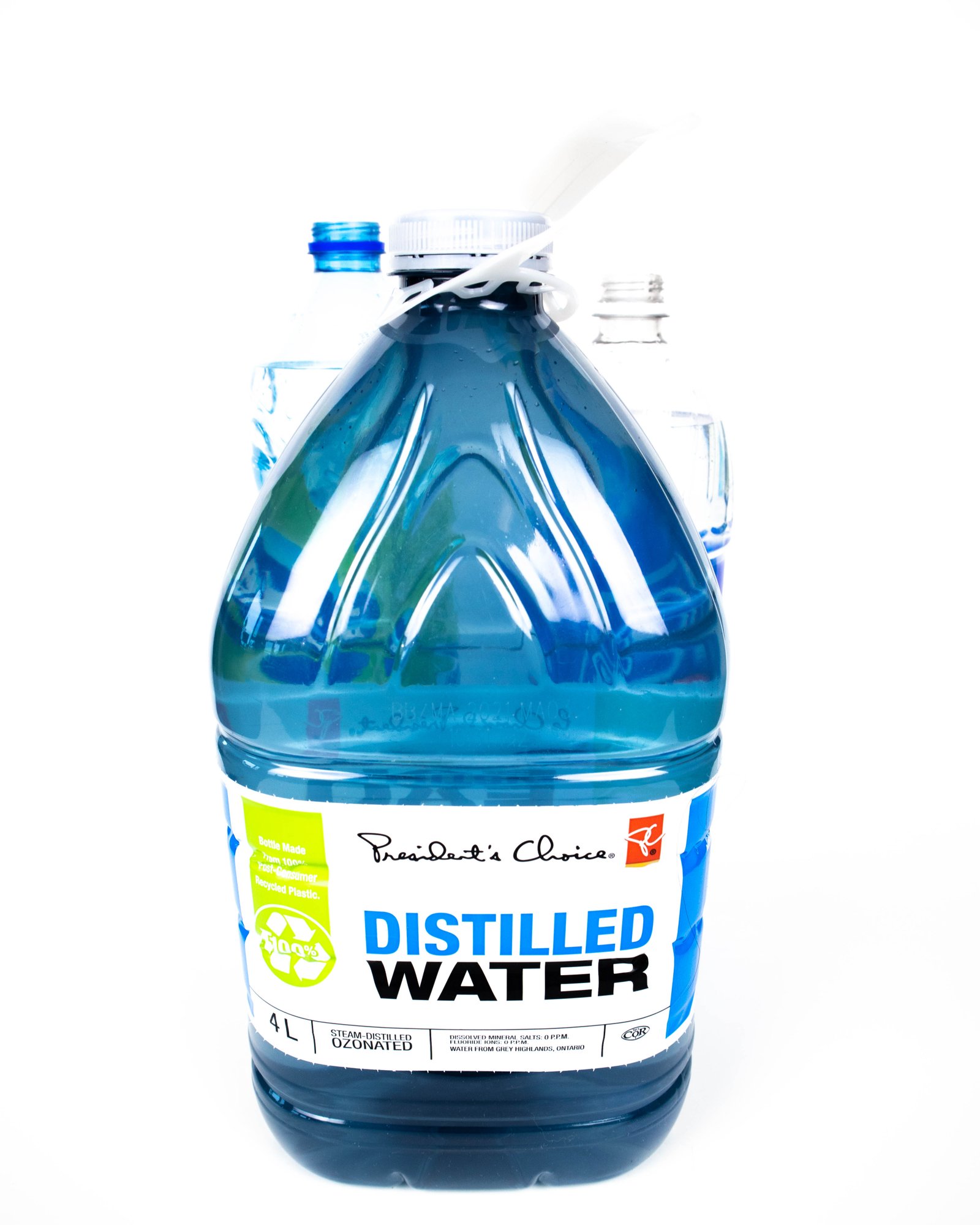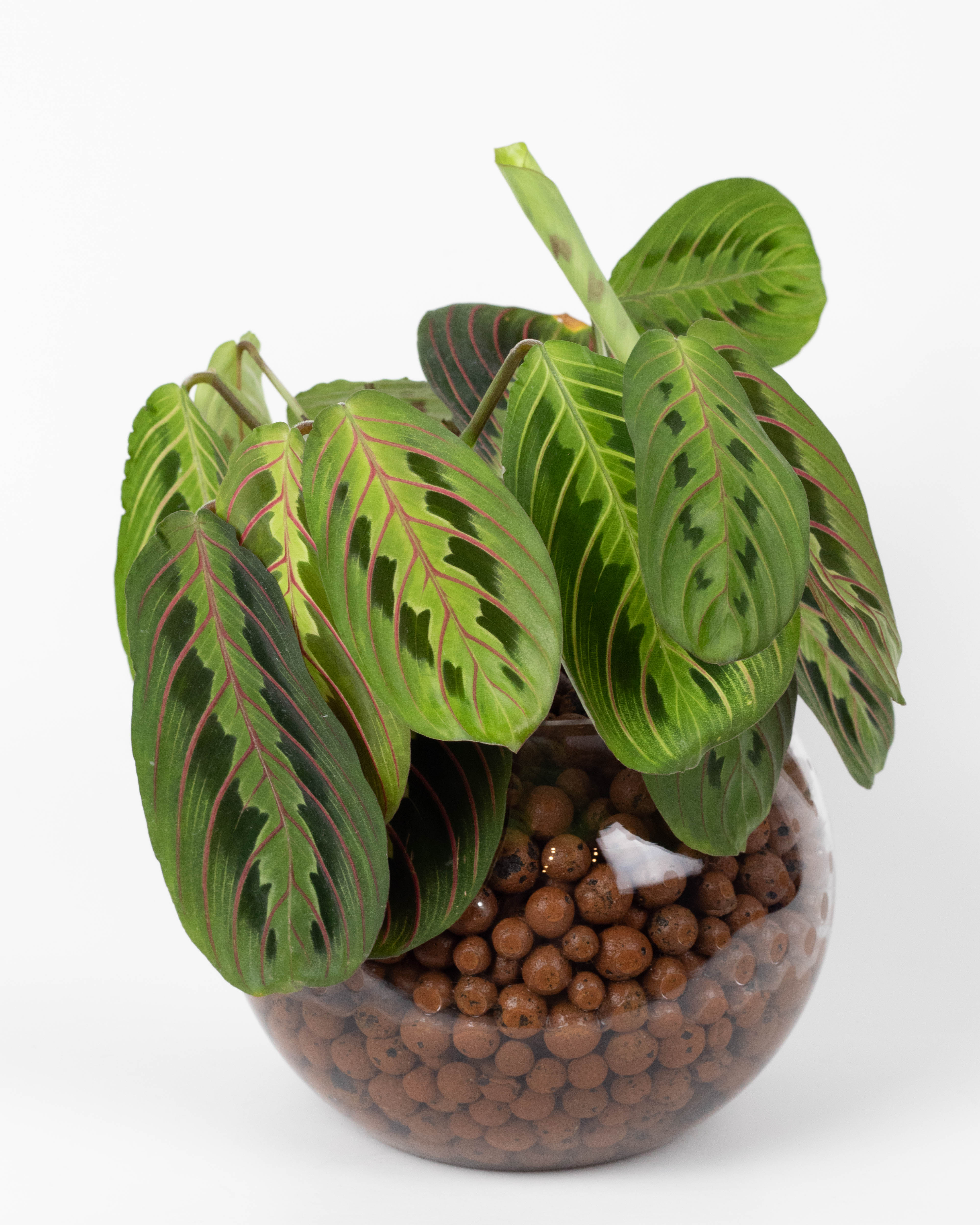What is Semi Hydroponics?

This article contains affiliate links. As an Amazon Associate I earn from qualifying purchases.
NOTE: The term ‘Semi Hydroponics’ was originally coined by First Rays to describe their ‘hydroculture’ technique of growing orchids. It has since become widely adopted and is often used interchangeably with the term “hydroculture”.
Semi hydroponics, ‘semi hydro’, or hydroculture, is a technique of growing plants using an inorganic medium rather than soil, bark or peat moss.
Unlike true hydroponics, where the plant is suspended in a liquid solution as the growing medium, semi hydroponics uses an inorganic, inert and solid growing medium to support the plant and anchor the roots in place. The medium used (primarily LECA, or clay aggregate) is often strong, lightweight with low density, highly absorbent, and extremely porous in structure.
Semi hydroponics can be referred to as ‘passive hydroponics’ and differs from true hydroponics in that it utilizes capillary (wicking) action rather than pumps. Nutrients and water held in a reservoir (usually a few inches of water at the bottom of the pot) are pulled up through the pot to the roots by the wicking action of the media, providing the roots with a constant supply of nutrients and water.
Capillary Action: “Capillary action is the tendency of a liquid to rise in narrow tubes or to be drawn into small openings such as those between grains of a rock. Capillary action, also known as capillarity, is a result of the intermolecular attraction within the liquid and solid materials. A familiar example of capillary action is the tendency of a dry paper towel to absorb a liquid by drawing it into the narrow openings between the fibers”– “Capillary Action – Liquid, Water, Force, and Surface – JRank Articles”. Science.jrank.org.
What is LECA?
LECA (Lightweight Expanded Clay Aggregate), often called expanded clay pebbles, or expanded clay, are small pebbles of clay aggregate used primarily as a growing medium for plants in semi hydroponics/hydroculture.
The clay aggregates are formed by heating clay to very high temperatures in a rotary kiln. As the yielding gases expand the clay, they form thousands of air pockets or ‘pores’ – very much like a honey comb. The resulting aggregates can vary in size and consist of a hard outer shell with a porous inner structure, making them both strong and low density.
Characteristics of LECA that make it ideal for Semi Hydroponics
Porous Structure: The thousands of air pockets or ‘pores” within LECA, as well as the air spaces between the granules, provide an abundance of air and oxygen to the roots of the plant. An oxygen rich root zone is vital for healthy root growth. Strong and healthy roots led to healthy plants that are less prone to disease and root rot.
Capillary Properties: The capillary ability of LECA means that it can continuously wick water and nutrients upwards from the reservoir through the medium and to the roots.
Strength and Durability: Since LECA is both strong and durable, it is used to provide stability and support to the plant and its roots in place of soil. This strength and durability also means that it can be reused over and over again, without breaking down or compacting over time.
Inorganic Nature: Since LECA is inorganic, it is impervious to decay. This coupled with its strength and durability, means that it holds its structure and does not break down or compact over time, maintaining a steady supply of air and oxygen to the roots. Often, root rot and disease from lack of oxygen to the roots can be a major concern for house plants grown in soil that has become compacted or waterlogged over time.
Chemically Inert: LECA is chemically inert, which helps to maintain a neutral pH.
The above properties make LECA an ideal growing medium for use in semi hydroponics. The capillary/wicking ability of LECA allows it to continuously supply water and nutrients to the roots, while its porous structure maintains an airy and oxygen abundant environment crucial for healthy root growth. Furthermore, being strong and inorganic in nature means that LECA is very durable and can be reused time and time again, without breaking down or compacting.
NOTE: While LECA itself maintains its shape and does not break down or compact over time, excessive root growth in semi hydroponics can cause roots to become potbound and essentially “compacted”. This is due to excessive root growth blocking airflow throughout the media and the roots suffering from a lack of available oxygen. Eventually the lack of oxygen and overabundance of carbon dioxide released by the roots can lead to root deterioration and rot. In my experience, it is essential to monitor root growth by periodically removing the plant from the LECA and trimming away any deteriorated and excessive root growth, replanting the roots above the waterline, and if needed, moving the plant to a larger pot.
Basic Semi Hydroponic Setup
While there are many different types of set-ups you can use, the simplest and most basic in my opinion, is what I like to refer to as the ‘inner/outer pot’ method.
In this set-up, the plant is grown in LECA in a plastic pot with drainage holes at the bottom that sits in an outer cache pot, or alternatively a deep saucer, with no drainage holes. The outer pot is used primarily to hold the nutrient reservoir (hydroponic nutrients diluted in water).
Water from the reservoir enters the inner pot through the drainage holes and is drawn up through the LECA to supply the roots with nutrients and water. When filled, the nutrient reservoir is kept at a 1/3 of the height of the inner pot, with the plants roots planted just above the waterline. The inner pot makes it easy to periodically flush away excess salts and plant waste by running water through the pot and out of the drainage holes, before topping up the reservoir with fresh nutrient solution.
Components of a Basic Semi Hydroponic Set-up:
- A plastic inner pot with drainage holes (to house your plant). These inner pots are my favourite. They are made from a hard durable plastic and have ideal drainage holes – numerous holes to allow for easy drainage, but that are also small enough to prevent them from falling out the bottom of the pot. You could also use the nursery pot your plant came in, just ensure it is clean and sanitized prior to use, and use larger pieces of LECA nearer the drainage holes.
- An outer pot or deep saucer with no drainage holes (to hold the nutrient reservoir). Any decorative plastic or ceramic outer pot will without drainage holes works great. Saucers are great for beginners since its easier to observe the height of the waterline (if you’re using an opaque outer pot instead, you can draw a line or use tape on the inner pot to mark where the height of the reservoir should be).
- Your growing media – LECA. My favourite brand is Mother Earth Hydroton. It has the best quality and quantity to price ratio i’ve found so far. If you’re in Canada, you can usually find this brand at a local hydroponic store.
- Hydroponic Nutrients – I use General Hydroponics Flora Series
- A pH meter or pH testing kit
- pH up
- pH down
Check out my next post for a a step by step guide on converting houseplants from soil to semi hydroponics!
Happy planting everyone! ?
Disclaimer: Since the majority of this blog is sharing my personal experiences and advice on growing houseplants soil-free, I feel it necessary to state that I do not have a formal education in horticulture or hydroponics.The vast majority of my knowledge has been acquired through a lot of research, experimentation, trial and error, advice exchanged with other enthusiasts and a lot of hands on experience. I am not a horticultural expert. I am more of a self-taught hobbyist/enthusiast with a tremendous passion for continuous learning. The aim of this blog is to bring awareness to, guide and inspire others about using alternative methods for growing houseplants soil-free. Therefore, while this blog is meant to act as a resource and source of inspiration, it is important to understand that the decision to convert – and the vitality of – any plant converted to soil-free using the techniques outlined in this blog, is done at your own risk.



Ashley
I just found your blog and LOVE it! Thank you for this awesome resource!
Robert
Wow, I read this as a long time hydroponic grower (15+ years growing indoors hydroponically). I am so confused at why this is different from a full hydroponics system…:wait it’s not. Hydroponics is growing plants without soil using an inert medium (expanded clay, rock wool, coco coir etc.), and supplying the nutrients. Often times lights are used, but not always. I can understand the term hydro culture or passive hydroponics. I started looking at this term as my sister in law started doing this.
Basically you use a deep water culture system without the air stones. The only difference from this to a full deep water culture is an added air stone. Yeah his method works for plants that don’t mind wet roots. So this is really a form of full hydroponics not semi-hydroponics. I think the term semi-hydroponics is mis-applied to this application (personal view of mine).
Georgia Gravel
Hi Robert! I totally get what you mean about the terminology. I agree that calling it passive hydroponics or hydroculture is better suited! When I first learned of the technique I learned of it as semi-hydroponics. With that said, it seems that a lot of plant enthusiasts/hobbyists/growers also call it semi-hydroponics or use the term interchangeably with passive hydroponics or hydroculture which is why i’ve left the term on my posts. My intention is never to offend, just to share my experiences and tips! I’m more interested in the science behind it than the terminology, but I do appreciate your input and i’ll make sure to keep note of it! Happy planting 🙂
William
This post is brilliant! I was initially very intimidated by hydroponics because I thought it was too complicated and expensive for me. However, your way of explaining everything and giving a guide on semi hydroponics was so so helpful! I’m now feeling informed and super excited to give this a go! Thank you so much and happy planting!!
Georgia Gravel
Thank you! It really is a super rewarding and fun way to grow plants 🙂 Happy Planting!